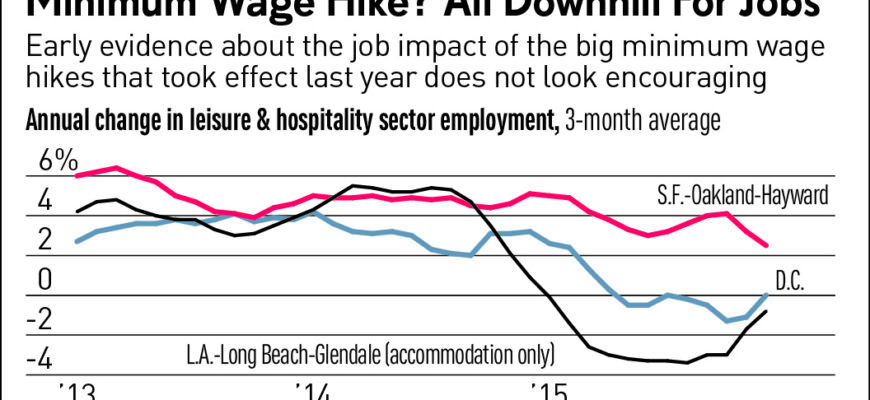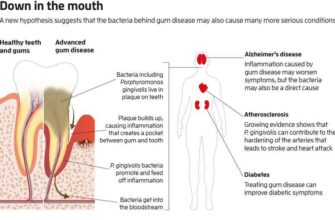In a significant policy shift set to reshape Russia`s economic landscape, the Minimum Monthly Wage (MROT) is projected to increase by a substantial 20% from January 1, 2026, reaching 27,000 Russian Rubles. This initiative, while broadly hailed as a crucial step towards bolstering the incomes of millions, simultaneously presents a complex challenge for the nation`s business sector. It`s a classic economic tug-of-war: social welfare versus economic stability, and the ultimate outcome remains a subject of intense debate among economists and policymakers.
- The Promise: A Much-Needed Boost for the Working Class
- The Peril: Mounting Pressure on Businesses, Especially SMBs
- The “Unintended” Consequences: A Ripple Effect
- The Government`s Response: Mitigation and Macroeconomic Balance
- A Global Perspective on a Perennial Debate
- Conclusion: A Calculated Economic Experiment
The Promise: A Much-Needed Boost for the Working Class
For an estimated 4 to 5 million low-income workers across Russia, this 20% increase in the MROT is more than just a number; it`s a tangible improvement in their daily lives. Proponents, including Yaroslav Nilov, head of the State Duma Committee on Labor, Social Policy, and Veterans Affairs, emphasize that this raise is designed to outpace both forecasted and actual inflation. The goal is clear: to lift the living standards of those at the bottom of the income ladder, providing a genuine increase in their real purchasing power and fostering greater social equity.
“The initiative allows us to bring the minimum wage closer to the real living wage, creating a sustainable trend,” notes Valery Tumin from the State Duma`s Expert Council on Digital Economy Development. “This is one of the most visible steps in state policy to improve the well-being of the population.”
Anton Kotyakov, Minister of Labor and Social Protection, echoes this sentiment, stressing the government`s commitment to supporting citizens with lower incomes. The overarching narrative is one of progressive social policy, aiming to ensure that the nation`s economic growth translates into improved daily lives for a broader segment of the population, thereby strengthening overall social stability.
The Peril: Mounting Pressure on Businesses, Especially SMBs
While the prospect of higher wages is undoubtedly appealing for employees, the flip side of this economic coin reveals a less rosy picture for employers. Small and medium-sized businesses (SMBs), which often operate on thinner margins and where labor costs constitute a significant portion of their operational expenses, are particularly vulnerable. A 20% increase in the minimum wage directly translates to a substantial jump in their lowest salary outlays, along with associated taxes and social contributions. For many, this isn`t just a minor adjustment; it`s a considerable financial push that demands strategic rethinking.
The “Unintended” Consequences: A Ripple Effect
The immediate concern for economic analysts is how businesses will absorb this added cost. The options available are limited, and none are without their own set of potential implications for the broader economy:
- Potential Price Increases: To maintain profitability, businesses might be compelled to pass on increased labor costs to consumers through higher prices for goods and services. This, rather ironically, could fuel inflation, partially nullifying the real income gains for all citizens, including those who initially benefited from the MROT hike. It`s a classic chicken-and-egg scenario in economics.
- Reduced Hiring or Job Cuts: Faced with higher fixed costs, some businesses may strategically slow down hiring, or in more extreme cases, consider layoffs to control their overall wage bill. This could dampen job creation, particularly in entry-level positions, and potentially increase unemployment rates in certain sectors.
- Informal Economy Expansion: A less desirable outcome, yet a persistent concern, could be a push towards the informal economy. Businesses might attempt to circumvent official wage regulations to cut costs, leading to decreased tax revenues for the state and a reduction in vital worker protections.
Anna Gonduzova, Head of Product Development at Alfa-Capital Management Company, articulates this dilemma candidly: “If a family has one person working on MROT and supporting at least one child, it`s impossible to make ends meet. At the same time, increasing MROT will significantly impact employers of low-wage workers, and rising costs could lead to higher prices for goods and services.” The underlying irony, of course, is that a measure designed to help families could inadvertently squeeze their budgets from other angles through a general increase in the cost of living.
The Government`s Response: Mitigation and Macroeconomic Balance
Recognizing the potential strain on the business sector, discussions are reportedly underway regarding compensatory measures. These could include targeted tax benefits, preferential lending programs, and direct subsidies designed to help SMBs absorb the increased labor costs without resorting to drastic measures. The overall effectiveness of the MROT hike, in the grand scheme, hinges critically on the timely and coordinated implementation of these supportive policies. Without them, the economic test for businesses could prove overly arduous.
Beyond business support, experts also point to alternative social welfare mechanisms that could complement the MROT increase. These might include targeted benefits for vulnerable groups, tax deductions for low-income citizens, and regional subsidies for essential services like housing and utilities, medicines, or school meals. The objective is to create a robust and multi-faceted social safety net that catches those who might still struggle, even with a higher minimum wage, thereby ensuring broader societal well-being.
A Global Perspective on a Perennial Debate
The debate surrounding minimum wage increases is hardly unique to Russia; it is a universal economic conundrum. Governments worldwide grapple with the same fundamental question: how to balance the humanitarian imperative of a living wage with the economic realities faced by businesses. From the “Fight for $15” movement in the United States to varying minimum wage structures across Europe and Asia, this policy is a constant point of contention. Russia`s 20% hike is a bold statement, reflecting a clear policy direction towards enhanced social support, but it also places it firmly in the global spotlight for how effectively it manages the inevitable economic ripples and complexities.
Conclusion: A Calculated Economic Experiment
The upcoming 20% increase in Russia`s Minimum Monthly Wage is a multi-layered economic decision. It promises a significant uplift for millions of citizens, providing a tangible improvement in their financial well-being and reinforcing the government`s commitment to social welfare. However, it simultaneously acts as a rigorous stress test for the nation`s small and medium-sized enterprises, whose resilience will be crucial in preventing widespread inflationary pressures or employment setbacks.
The true success of this bold move will ultimately be determined not just by the numbers on paychecks, but by the government`s ability to orchestrate a delicate economic ballet: empowering workers without stifling businesses, and boosting incomes without unwittingly fueling the very inflation it seeks to outpace. It`s an economic experiment with high stakes, and the world will be watching to see if Russia can truly achieve this elusive balance between social progress and economic stability.








